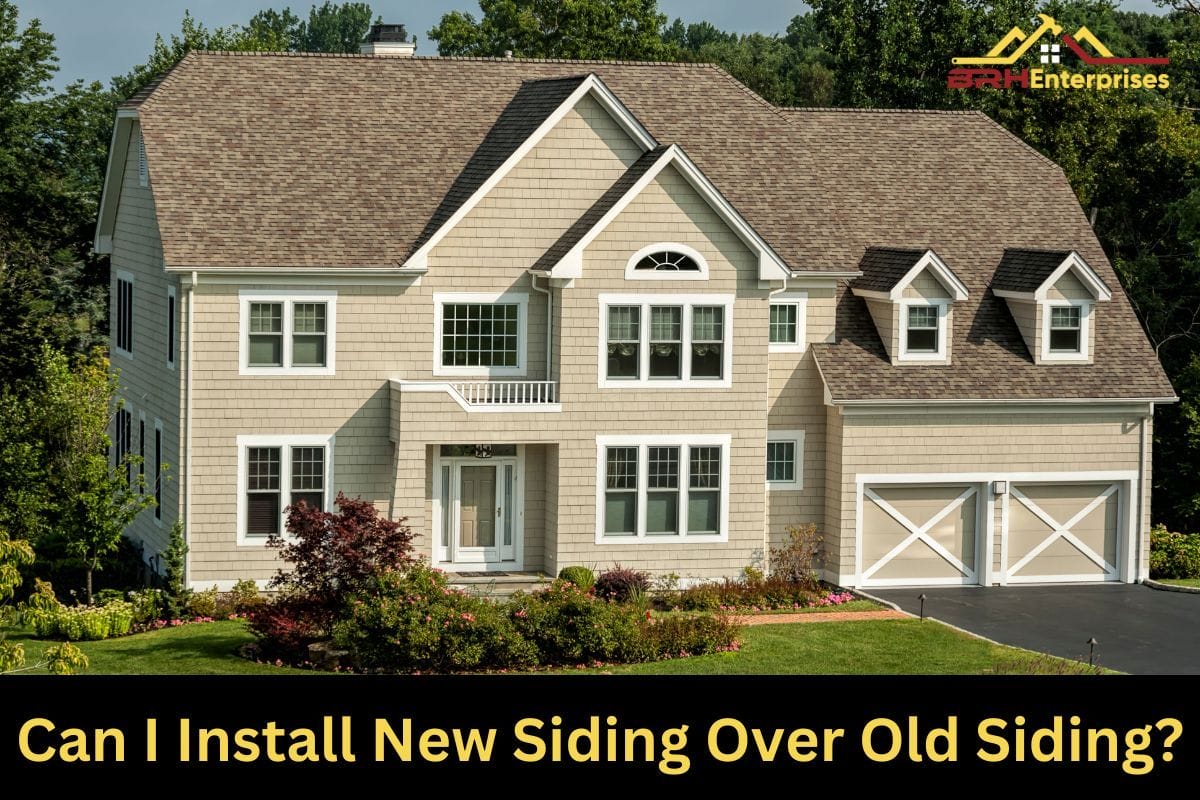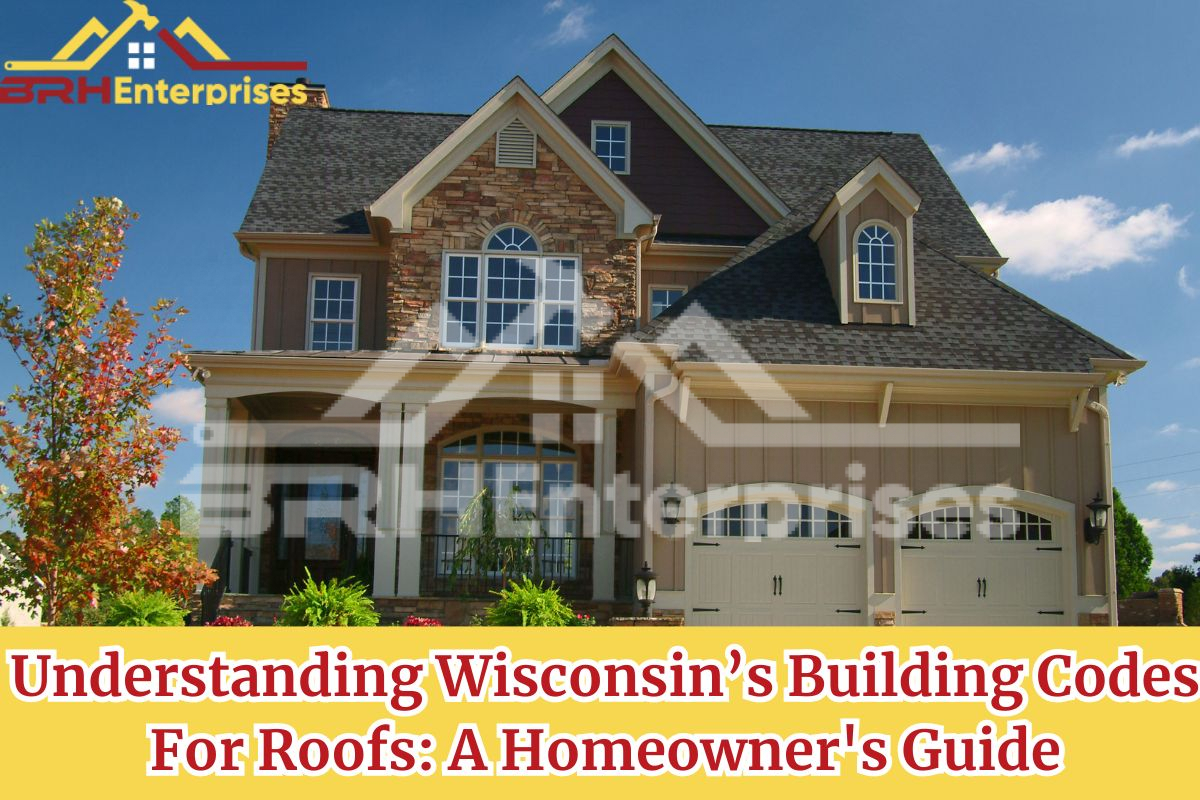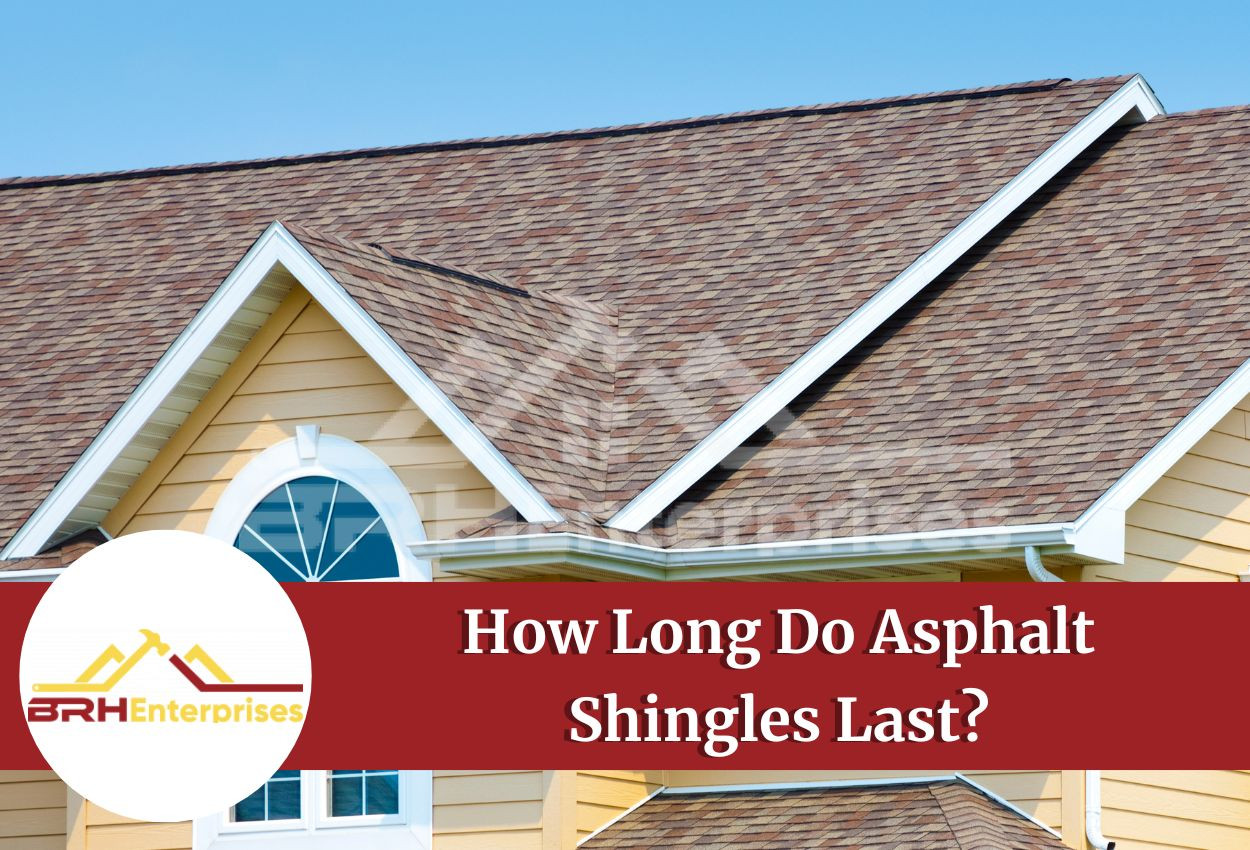
Thinking of getting vinyl siding for your home? It’s a great choice for improving the appearance of your home along with the numerous benefits it offers. However, there are some cons, so before you decide, it’s important to know everything about your siding choice in order to determine whether you’re making the right decision for your home.
What Are The Pros And Cons of Vinyl Siding?
Pros Of Vinyl Siding
1. Durability
The first major benefit of vinyl siding is that it is highly durable, resisting dents, cracks, warping, and fading, even in harsh weather conditions. Lasting up to 20 to 40 years, it’s also resistant to moisture, rot, and corrosion, requiring minimal maintenance, and some options come with lifetime warranties.
2. Low Maintenance
Vinyl siding requires little upkeep. Simply cleaning vinyl siding with a garden hose and mild soap once or twice a year keeps it looking new. Unlike wood house siding, it never needs painting or staining, saving you time and reducing maintenance requirements and costs.
3. Cost-Effectiveness
Another reason why most homeowners like vinyl siding is how cost-effective it is, both initially and in the long term. It’s cheaper to install compared to wood, fiber-cement, or brick siding, making it ideal for budget-conscious homeowners. Over time, its minimal maintenance needs and durability lead to significant savings related to not needing frequent repairs or replacements.
4. Energy Efficiency
Vinyl siding improves thermal performance, reducing heat transfer through walls. This lowers utility bills and may help you qualify for energy efficiency incentives. Its tight seal also minimizes air leaks, improving the efficiency of your home’s heating and cooling systems. You can even find insulated vinyl siding options that you can install for added thermal performance.
5. Versatility
By providing a range of colors, textures, and profiles to match any architectural style. It’s easy to adapt your siding to unique home designs, fitting corners, windows, and other areas seamlessly. It can also mimic the appearance of wood or stone at a lower cost, allowing homeowners to achieve their desired look affordably.
6. Soundproofing
Insulated vinyl siding helps reduce external noise by creating a barrier between the home’s exterior and interior, which is particularly beneficial for homes near busy streets or airports.
7. Pest Resistance
Vinyl siding is an excellent option given its resistance to pests like termites, which can cause significant damage to wood siding. This reduces the risk of costly siding repairs and maintenance.
Cons Of Vinyl Siding
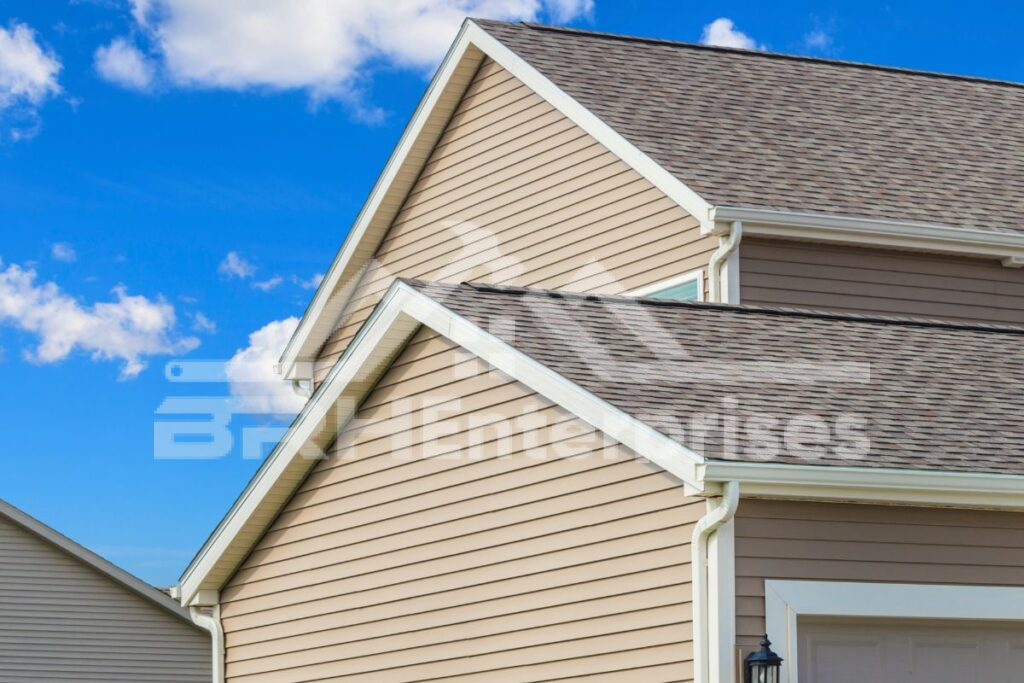
1. Potential for Cracking and Warping
While durable, vinyl siding can be susceptible to damage from extreme temperatures, which cause expansion and contraction, leading the vinyl to crack and warp. Impact from hail or debris can also create dents or holes, calling for the need for repairs or replacements.
2. Moisture Problems
Improperly installed vinyl siding can allow moisture to become easily trapped behind the panels, potentially leading to issues such as mold, mildew, and rot. Proper installation techniques, including ensuring that a moisture barrier is put in place and adequate ventilation is available, are essential to prevent these problems.
3. Environmental Concerns:
Vinyl siding’s main environmental drawback stems from its polyvinyl chloride (PVC) composition, a non-biodegradable material that can take centuries to break down in landfills. Its manufacturing process also involves using chemicals and releasing toxins into the environment, raising ecological footprint concerns.
4. Impact on Home Value:
Although vinyl siding is initially cost-effective, it may not increase a home’s resale value as much as higher-quality materials like wood or stone. While its affordability can be appealing, some prospective buyers may perceive it as lower quality, affecting a home’s resale value.
5. Appearance Over Time
If it’s exposed to UV rays for a considerable amount of time, the colors of your vinyl siding may fade and become discolored despite efforts to resist fading. This makes it harder to find a color match for the siding when making repairs, which may affect the appearance of the home.
How To Install Vinyl Siding
If you still decide to move forward with vinyl siding after taking into account its pros and cons, here is a brief overview of how to install it on your home. Keep in mind that the best results occur when a professional is able to complete the task.
#1. Prepare The Wall
Begin by removing old siding, trim, and obstacles from the wall. Inspect the base of it thoroughly for any damage and make necessary repairs to ensure a flat, solid framework. Install a moisture barrier, such as a house wrap, to protect against water infiltration, and use chalk lines to mark the starter strip’s placement for precise alignment during installation.
#2. Install The Starter Strip And Corners
> Starter Strip
Nail a metal starter strip along the chalk line. Cut the starter strip to the correct length and overlap the ends by one inch to ensure a snug fit and prevent gaps.
> Corners
Secure a half-inch of rigid foam sheathing along the wall’s corners to provide a smooth surface for attaching vinyl corner pieces. These pieces ensure a secure and aesthetically pleasing transition along the corners of the house, maintaining both structural integrity and visual appeal.
#3. Install The Siding Panels
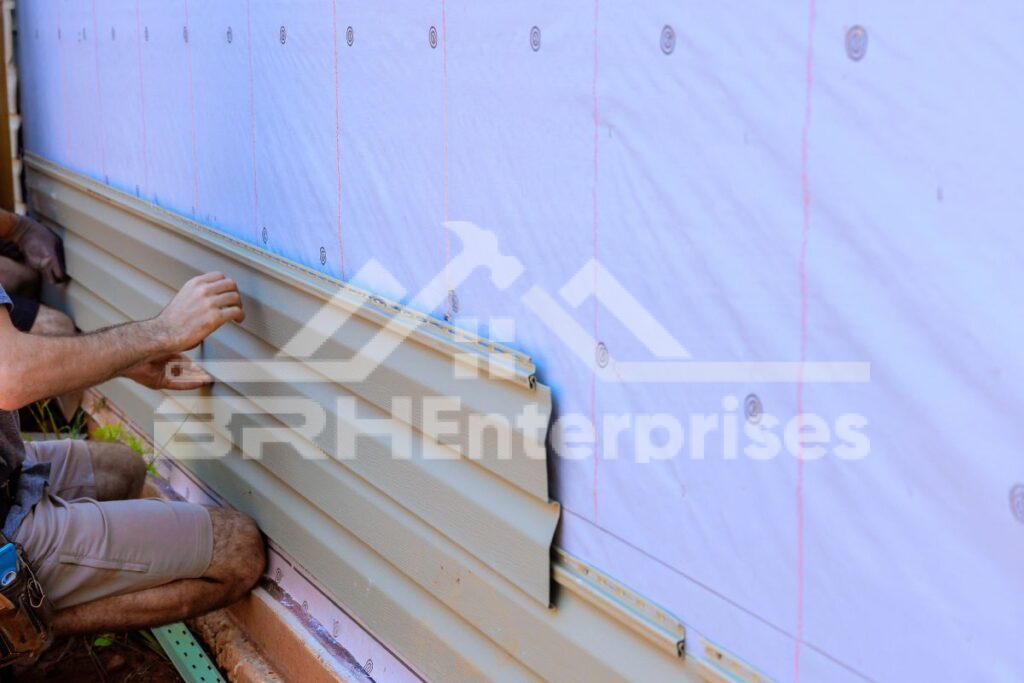
After preparing the starter strip and corners, proceed with installing the siding panels:
- Cut Panels: Measure and cut each siding panel to fit the desired wall space, leaving a slight gap for thermal expansion.
- Attaching Panels: Hook the bottom lock of each panel into the starter strip and nail it securely every sixteen inches along the center of the nail slots.
- Overlap and Nail: Overlap the following panels by an inch to prevent water penetration and nail them with corrosion-resistant nails to accommodate expansion and contraction.
#4. Apply Finishing Touches
> Trim
The trim that goes around windows, doors, and other openings on the home is called the J-channel, and it provides a finished look and protects the edges from moisture. Secure trim pieces with nails to ensure a professional and durable finish.
> Caulking
Seal all seams and joints with high-quality exterior caulk to prevent water from getting behind the siding, ensuring long-term weather resistance and durability.
Also Read: Best Vinyl Siding Brands of 2024
Can You Install Vinyl Siding Yourself, Or Is Professional Help Necessary?
You can install vinyl siding yourself, but it usually requires some experience and special tools. Doing it yourself can save money, but carefully consider the project’s difficulty and your skill level before starting.
Professional installers have the knowledge and equipment to ensure a proper, long-lasting installation that meets building codes and looks good. If you’re unsure about handling the job, it’s often best to hire a reputable siding contractor who can complete the work efficiently and ensure high-quality results.
How Much Does Vinyl Siding Cost?
On average, installing vinyl siding costs between $6,000 and $15,000, with a typical price of about $11,000. But per square foot, the cost can range from at least $4 to $5.
Other Costs Associated With The Price
- Home Size and Design: Bigger or more complex homes need more materials and work, so they cost more. For example, siding a 1,000 sq ft home may cost $3,000 to $12,000, while a 2,000 sq ft home might range from $6,000 to $25,000.
- Location: Due to variations in labor and delivery expenses, prices vary based on where you live. In the Northeast and Midwest, vinyl siding is frequently less expensive than in the South.
- Siding Grade: Higher quality, thicker vinyl siding with insulation costs more than standard grades.
- Old Siding Removal: Removing old siding can add $400 to $600 to your project.
- Labor Costs: Installing vinyl siding usually costs between $2 and $5 per square foot, with an average of about $3.70 per square foot.
Transform Your Home With Vinyl Siding
Vinyl siding offers many benefits, from great durability, low maintenance requirements, cost-effectiveness, and versatility. However, it also has some downsides, including its carbon footprint and chance of color fading. That is why when choosing siding for your home, it’s important to think about your specific needs and long-term effects. If you’re unsure, consult a professional for the best advice.
For many homeowners, BRH Enterprises is the go-to source for dependable siding installation. With our years of experience, we provide the best professional siding services to improve the appearance and durability of your home. Our skilled team ensures a smooth and long-lasting installation by managing your project efficiently and carefully with expertise. For dependable siding services, call us at (920) 249-4228.



